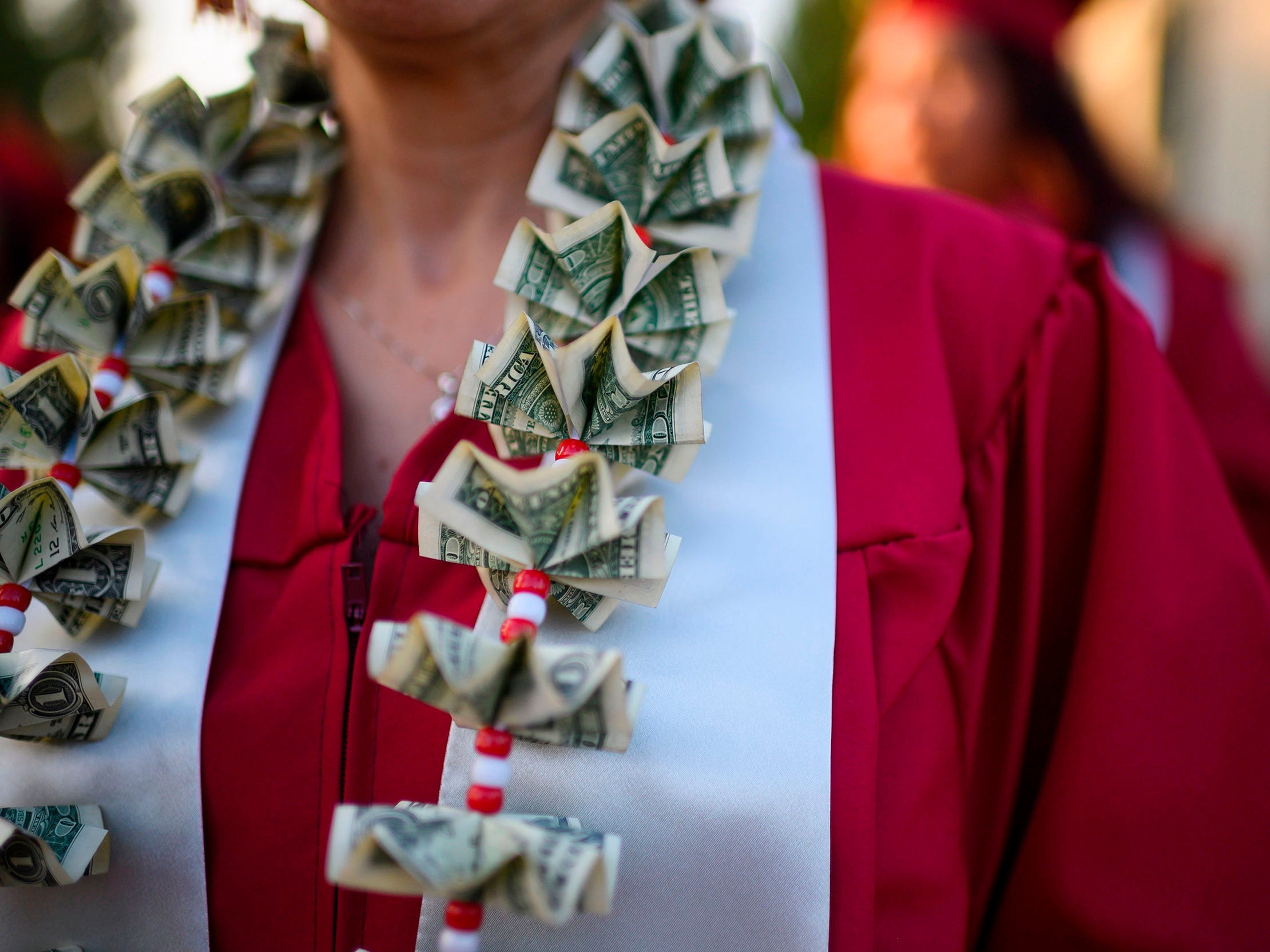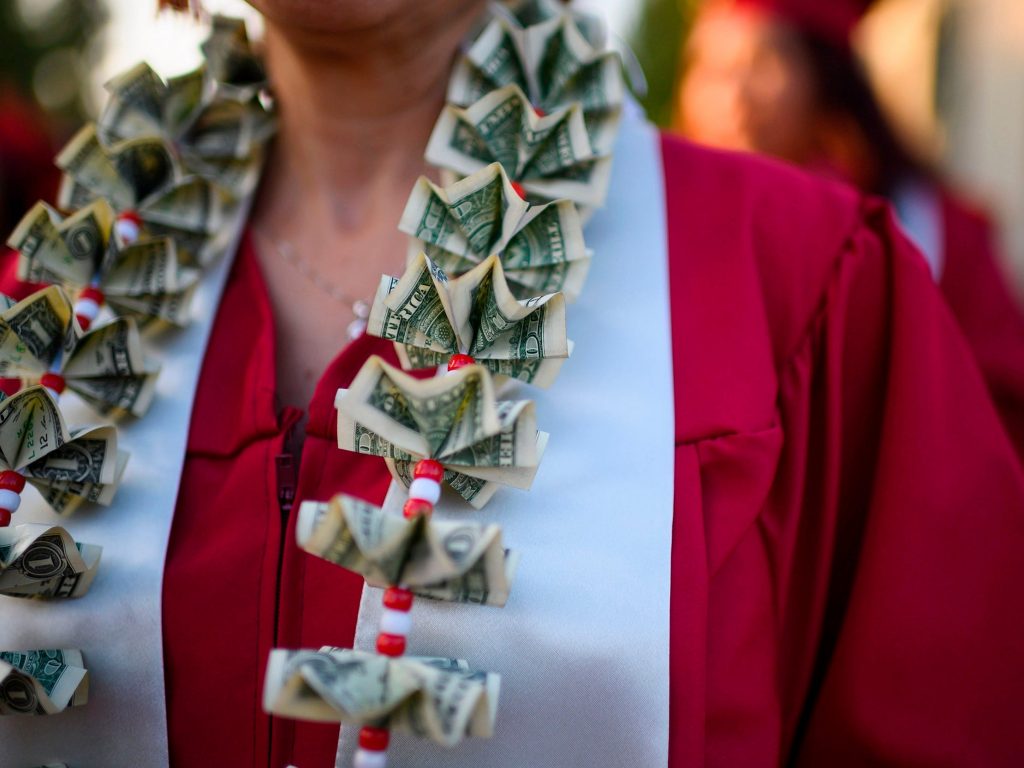
ROBYN BECK/AFP via Getty Images
- Dick Durbin and John Cornyn introduced a bipartisan bill to help borrowers discharge student loans through bankruptcy.
- The bill would remove the requirement to prove "undue hardship" after a 10-year waiting period.
- Successfully proving hardship is rare and requires a lengthy and expensive process for borrowers.
- See more stories on Insider's business page.
If borrowers want to get rid of their student loans through bankruptcy, they have to prove an extreme circumstance to qualify, which is rare and difficult. A senior Democrat and Republican want to change that.
Last week, Senate Majority Whip Dick Durbin and Sen. John Cornyn of Texas introduced the FRESH START Through Bankruptcy Act of 2021, which would allow borrowers to seek a bankruptcy discharge of their federal student loans after 10 years. Under federal law, according to their fact sheet, student debt is only dischargeable through bankruptcy if the borrower can prove "undue hardship." This bill would seek to eliminate that requirement for federal loans.
"Student loan debt follows you to your grave," Durbin said in a statement. "Our bipartisan bill finally gives student borrowers – some who were misled into taking out costly loans by predatory for-profit colleges – a chance to get back on their feet when they have no other realistic path to repay their loans," he added.
Along with making student loans eligible for bankruptcy proceedings after 10 years, the bill would:
- Keep the undue hardship option for private student loans and federal student loans that have been due for less than ten years;
- Require colleges with more than one-third of their students receiving student loans to partially refund the government if a student's loans get discharged into bankruptcy;
- And provide bankruptcy as an option for borrowers who have no realistic way to pay back their "overwhelming" student debt.
Eliminating the undue hardship requirement would make it significantly easier for borrowers to achieve loan discharge through bankruptcy. Currently, borrowers need to file a separate action, known as an "adversary proceeding," which is a lawsuit brought against their student-loan company, but that process can be expensive and lengthy, and the company usually has more resources than the borrower.
Given that this bill has bipartisan support, and includes requirements for colleges to pay back the government in certain scenarios, it will likely have an easier path to passage through Congress than full student-debt cancellation, which only Democrats support.
Last month, the case Conti v. Arrowood Indemnity Co. was brought before the Supreme Court, in which a borrower with private student loans was attempting to discharge them through bankruptcy, but the court rejected her argument because she did not prove undue hardship.
"Undue hardship should not be the only path to address student loans in bankruptcy," Durbin said in remarks before. hearing last week. "There should be another option. We should go back to how it was before 1998, when borrowers could also seek relief after a significant waiting period."
